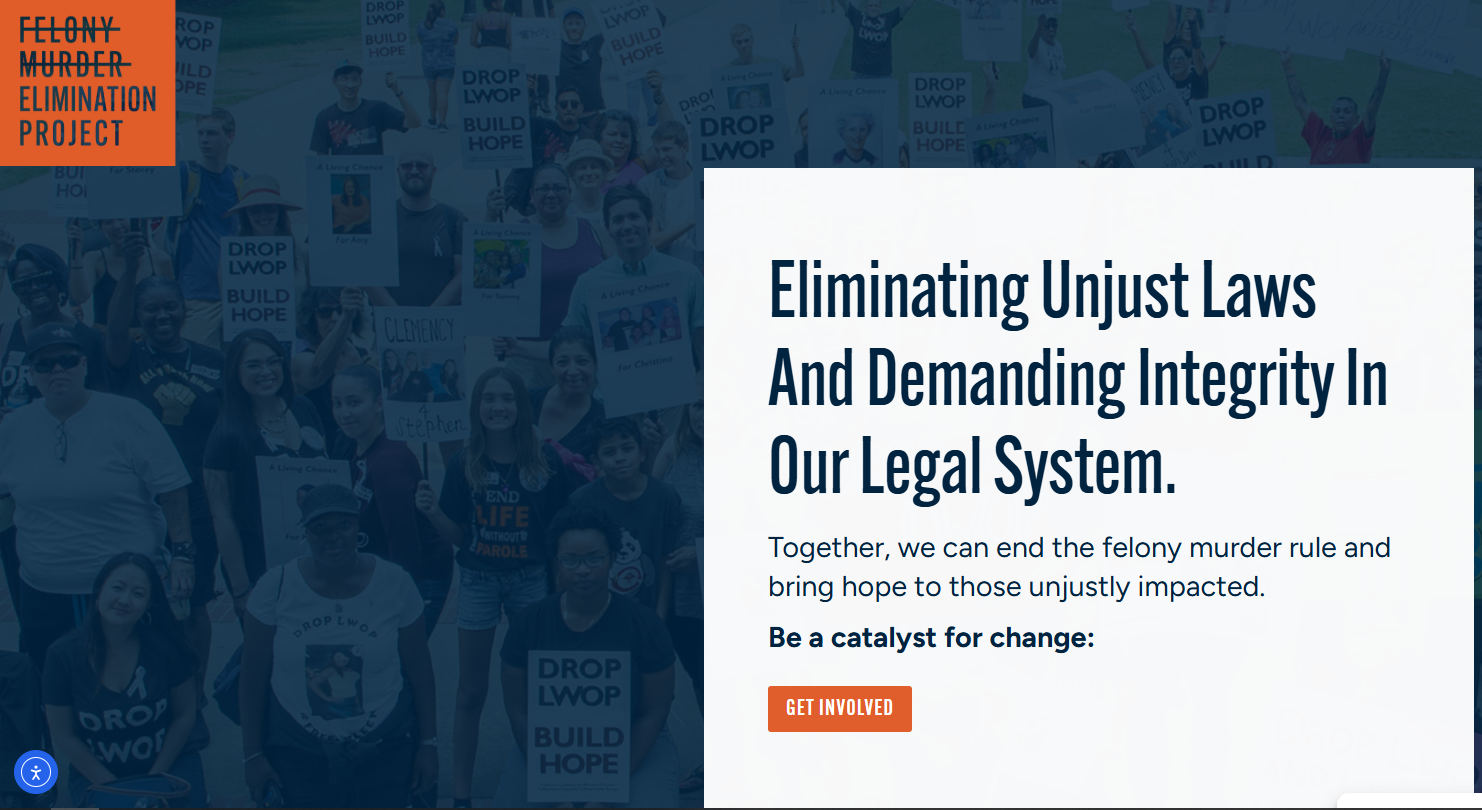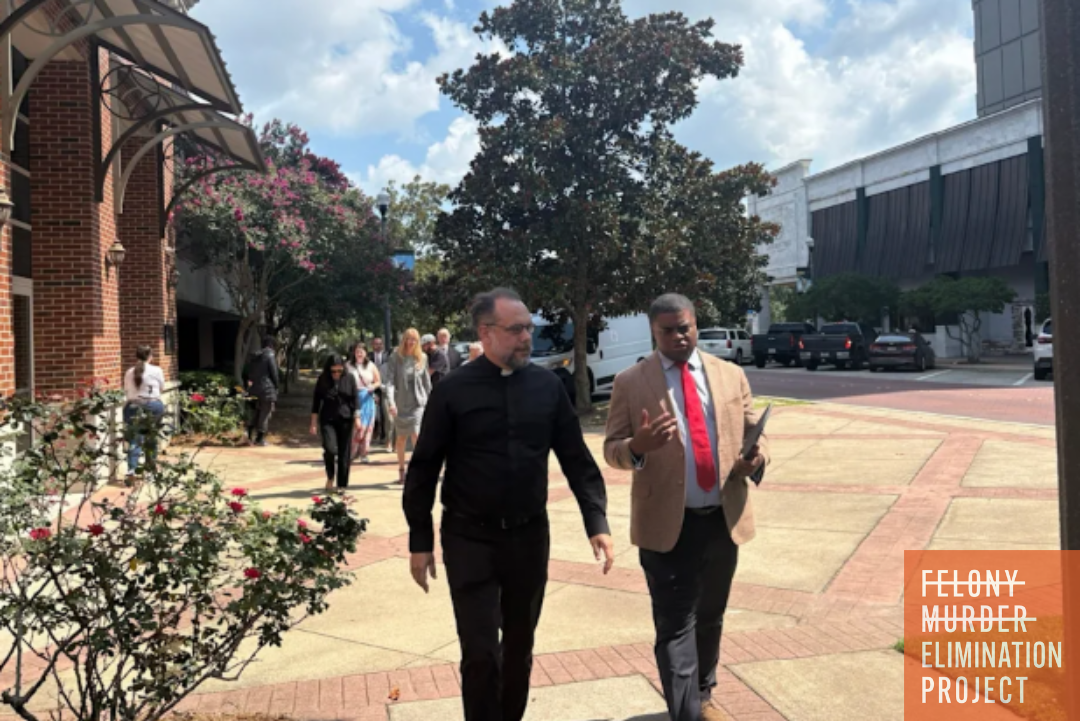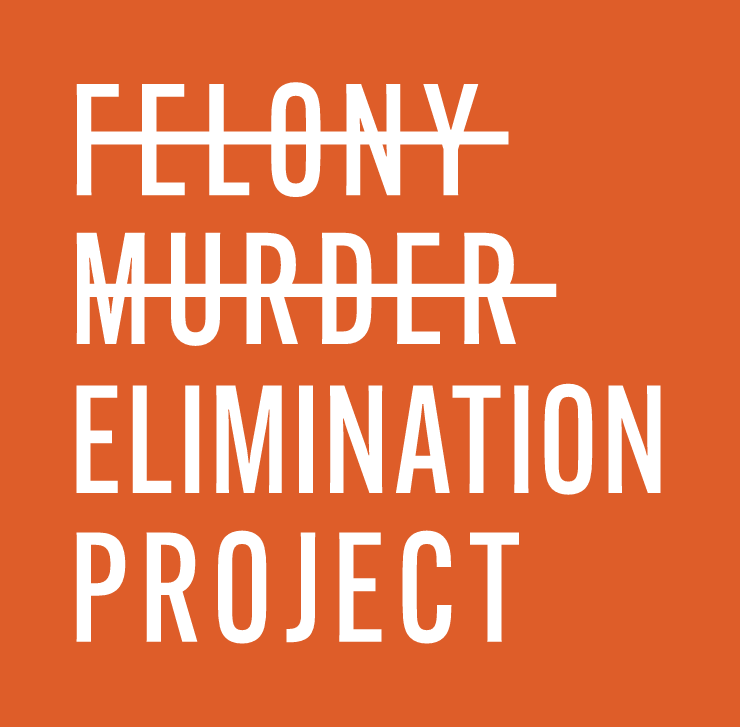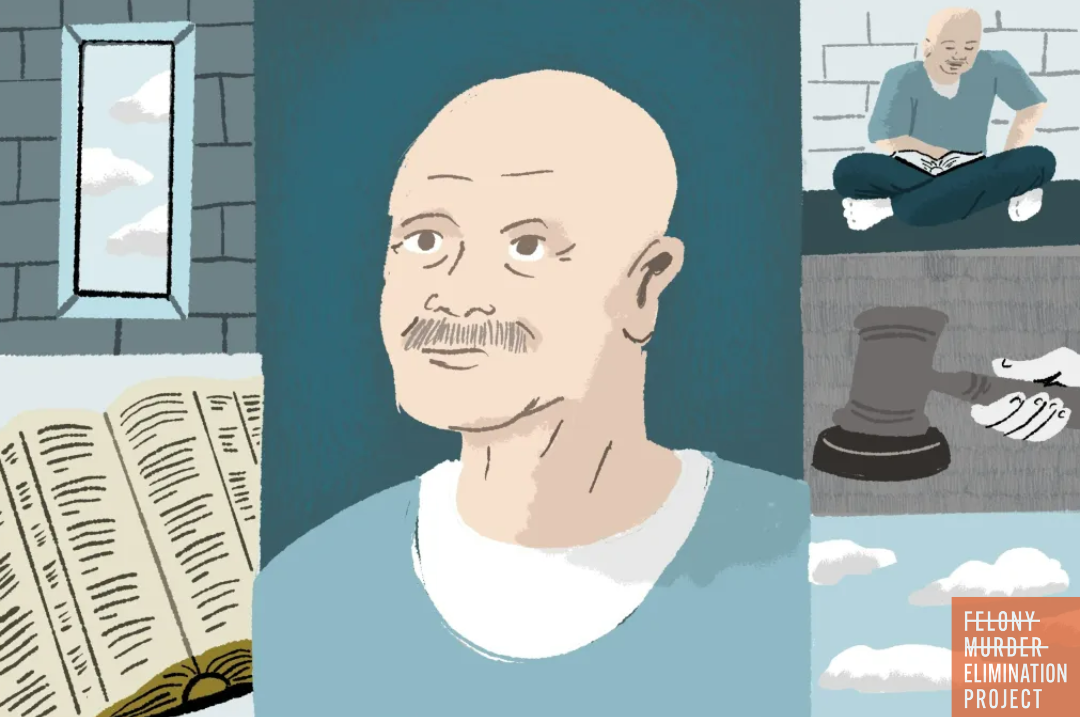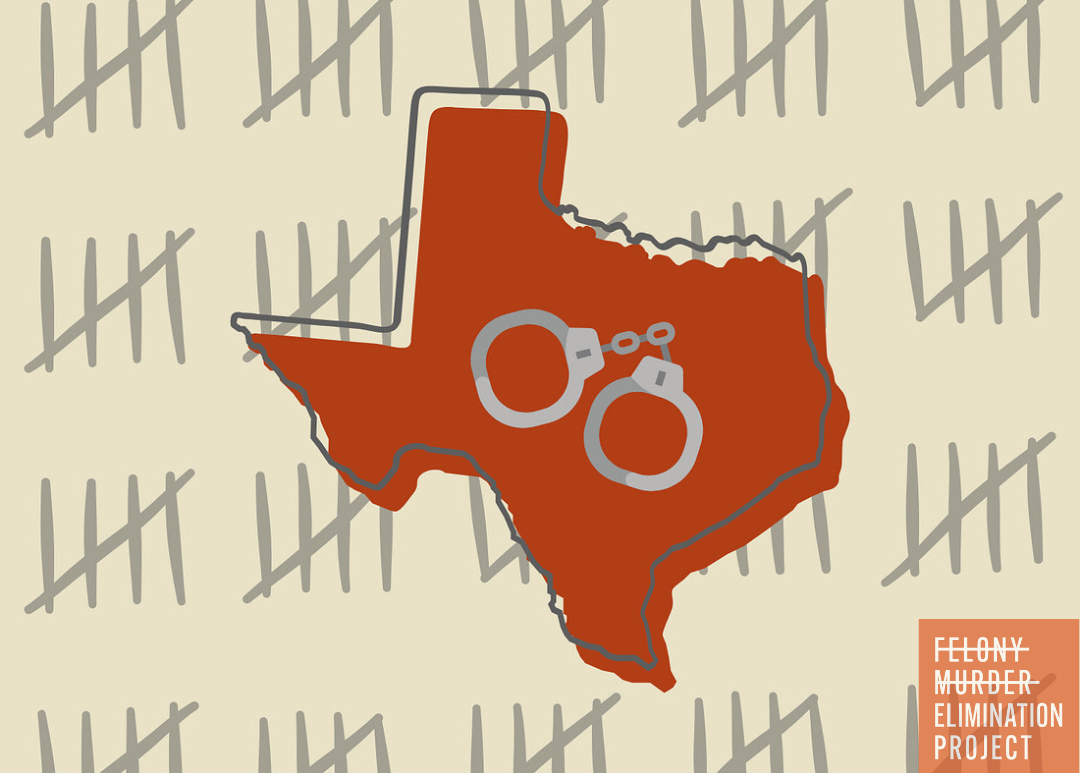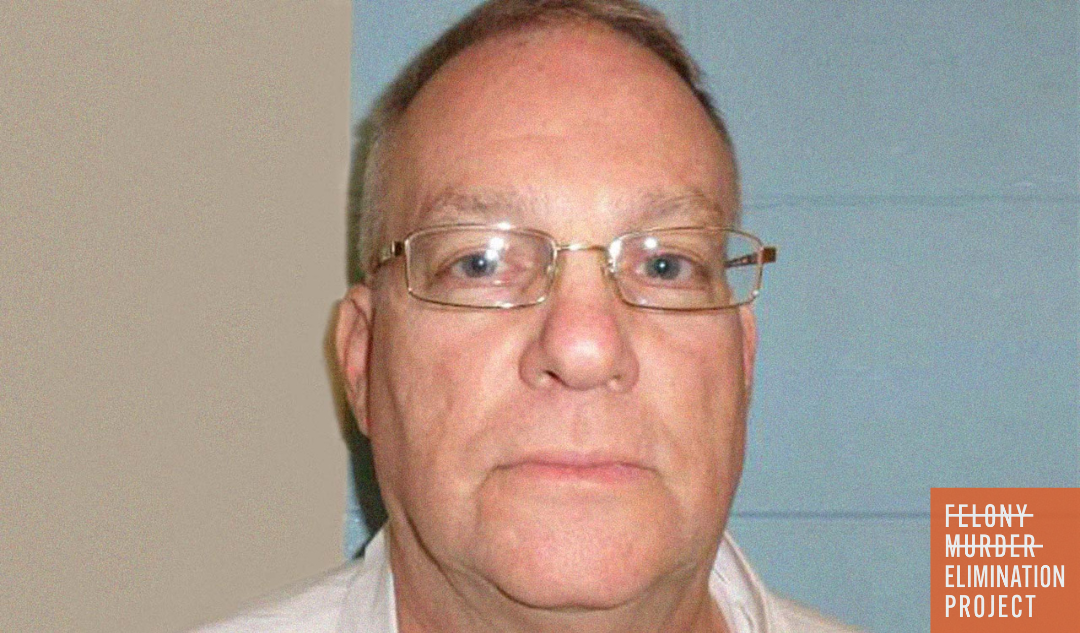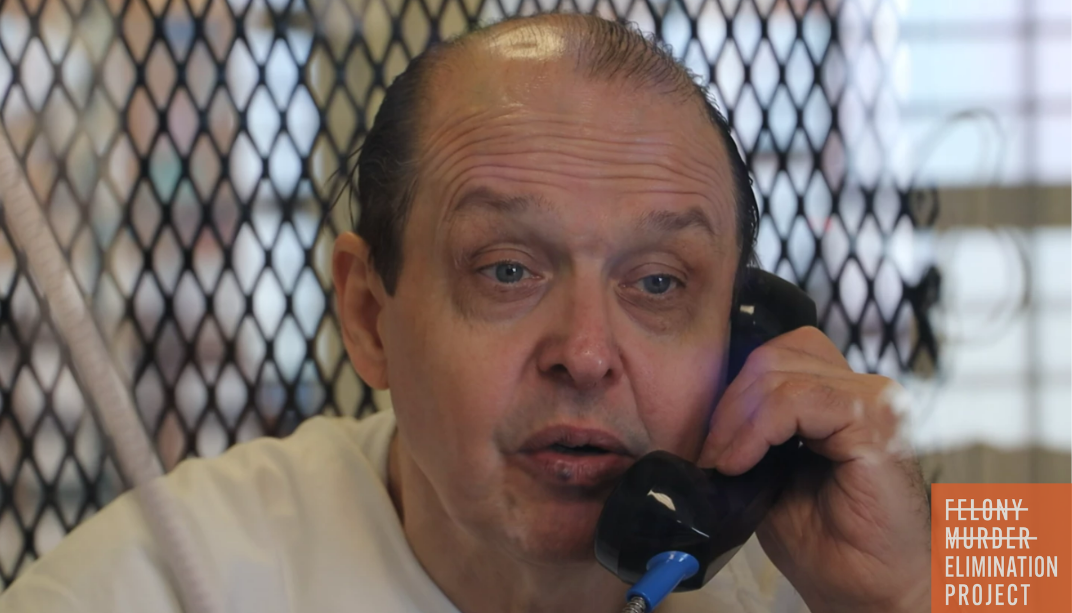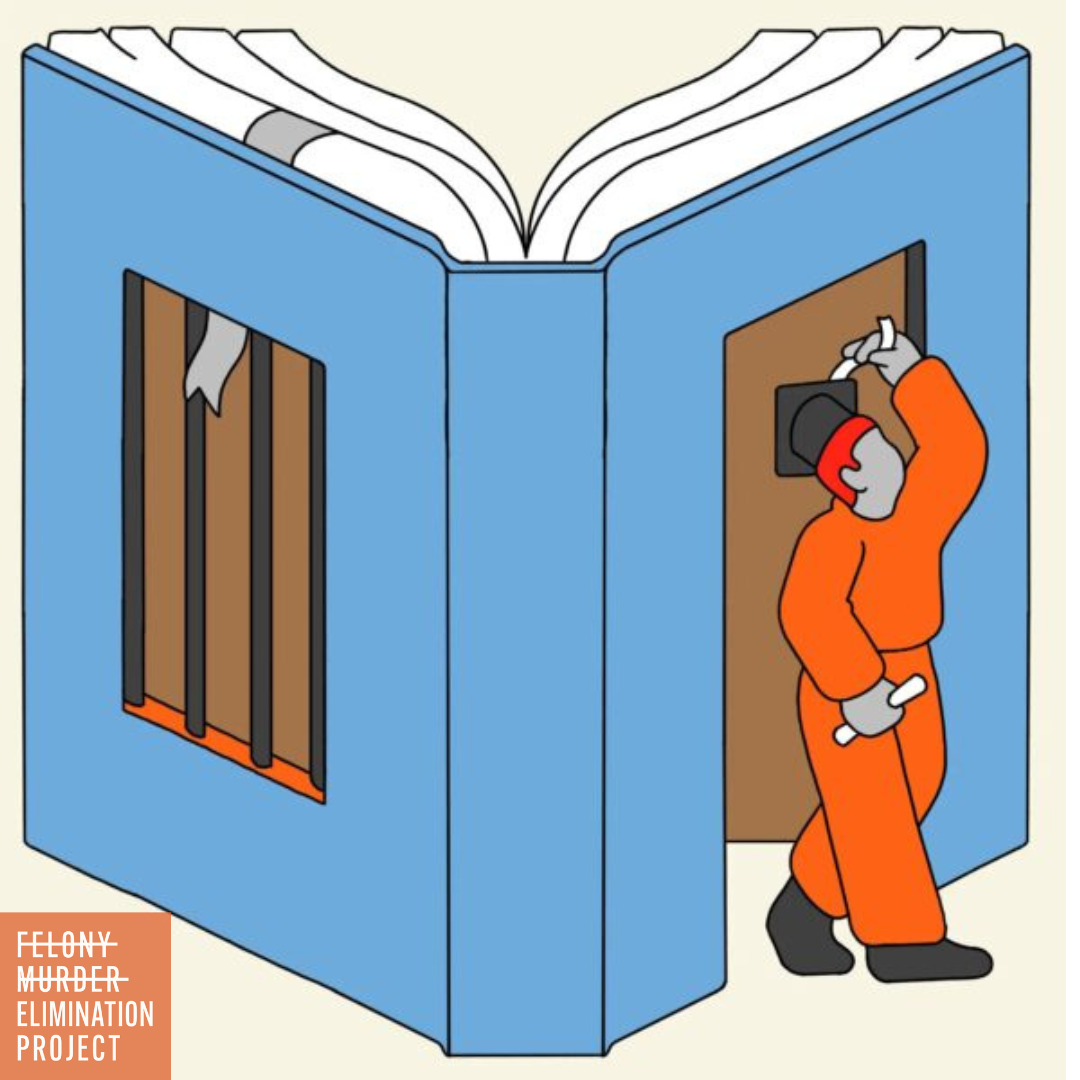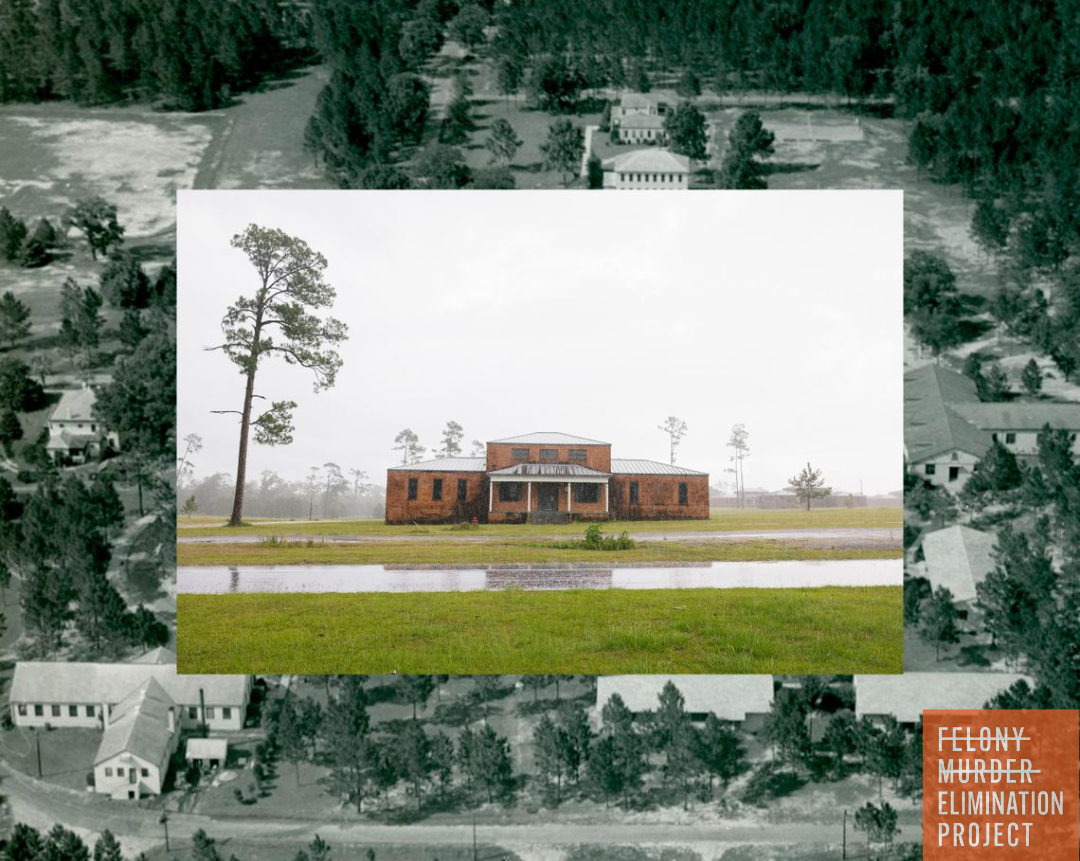The Waverly Two - Sentenced to Life After Being Found Not Guilty
State Court used a SCOTUS sentencing enhancement to make a finding of guilt by a preponderance of the evidence, even if found not guilty

On February 1st, the Supreme Court of Virginia granted an evidentiary hearing in the case of Terence Richardson and Ferrone Claiborne; two men sentenced to life in prison even though a jury found them not guilty of murdering a police officer.
On April 25th 1998, Officer Allen Gibson was shot in the woods behind the Waverly Village apartment complex in Waverly, Virginia. Gibson was flown to the hospital but later died as a result of his injuries. Before he died, Officer Gibson gave distinct descriptions of his assailants, specifically that “one of them had dreadlocks.” Two witnesses were immediately known to police; a 10-year-old girl who was playing nearby with her 5-year-old cousin and a 15-year-old girl who called 911 after hearing the gunshot. One of those witnesses also described a man with dreadlocks running from the scene.
Despite the detailed description of the suspects given by Officer Gibson and the eyewitness, local investigators undertook what can only be described as a round-up of many young black men in the area. Black males in Waverly were gathered and interrogated until they provided the Investigators with any random name or submitted to a lie detector test. It remains unclear why investigators chose to ignore the witness identification, but on April 26th 1998, Richardson, then 27, and on April 28th, Claiborne, then 22, were arrested and charged with the capital murder of Officer Gibson.
Richardson is short in stature with a slender build and closely cropped cornrows, braided towards the back of his head. Claiborne is tall, with a slender build and a bald haircut. Neither Richardson nor Claiborne matched the description of either assailant as described by Officer Gibson nor the eyewitness.
Initially, Richardson and Claiborne pled not guilty to the charges lodged against them, but fearing the death penalty and what can only be described as inadequate advice of counsel, they accepted plea deals for anyone suspected of killing a police officer. Both men made it clear on record that they maintained their innocence, but accepted plea deals in fear of being put to death. Richardson pled guilty to involuntary manslaughter and Claiborne pled guilty to accessory after the fact of involuntary manslaughter. In March 2000, Richardson was sentenced to ten years in the state penitentiary with five years suspended, followed by two year probation. Claiborne was sentenced to 12 months in custody, which equated to time served and he was released.
Less than a year later, they were indicted by the FBI for the same murder of Officer Gibson, as well as several added drug charges. Terrence and Claiborne were charged with selling hundreds of kilograms of cocaine. yet there were no drugs, proceeds from drugs, proof of drug deals, fancy cars, jewelry, drug paraphernalia, absolutely nothing to support these charges besides testimony from several drug dealers who testified in exchange for their own freedom.
In September 2001, a jury found Richardson and Claiborne not guilty of the murder of Officer Gibson, but based solely on the testimony of witnesses, they found them guilty of one drug count. The drug conviction would have resulted in a maximum penalty of 20 years. However, the Court enhanced the sentence of Richardson and Claiborne to Life in prison based in large part to the state court guilty pleas, relying on a US Supreme Court Decision (United States v. Watts) which permits the Court to make a finding of guilt by a preponderance of the evidence, even if found not guilty.
Why would someone plead guilty to a crime they didn’t commit? It’s not uncommon, especially when the accused doesn’t have the money and resources to defend themselves in the criminal justice system. The Innocence Project reports 18 percent of known exonerees pleaded guilty to crimes they didn’t commit; 65 percent of those exonerees who pleaded guilty were people of color.
Richardson and Claiborne have continued to maintain their innocence, however, even after being in prison for more than 20 years. To this day, there has been no DNA, blood, or physical evidence linking the two men to this crime.
In 2021, the Waverly Two received support from an unlikely source: the daughter of Allen Gibson, Crissana Gibson, who was 8 years old at the time of her father’s death. During this time, Gibson wrote a statement saying the case needs to be looked at again and that she wants the real man or men responsible for her father’s death to be found and held accountable. She hopes that, if it is found in a new investigation and trial that Richardson and Claiborne are innocent, they will be set free and be given time to begin to heal from this experience.
Jarrett Adams, attorney for Richardson and Claiborne, stated "They’ve never had a day in Virginia state court to call witnesses and prove that police withheld the only identification of the true suspect from them, and they deserve that day."
To read more about this case and the pursuit of exoneration for the Waverly Two, you can read "New Hearing for Man Sentenced to Life in Prison Despite Not Guilty Verdict" from The Appeal.
The Appeal is a non-profit news organization that envisions a world in which systems of support and care, not punishment, create public safety and exposes the harms of a criminal legal system entrenched in centuries of systemic racism.

